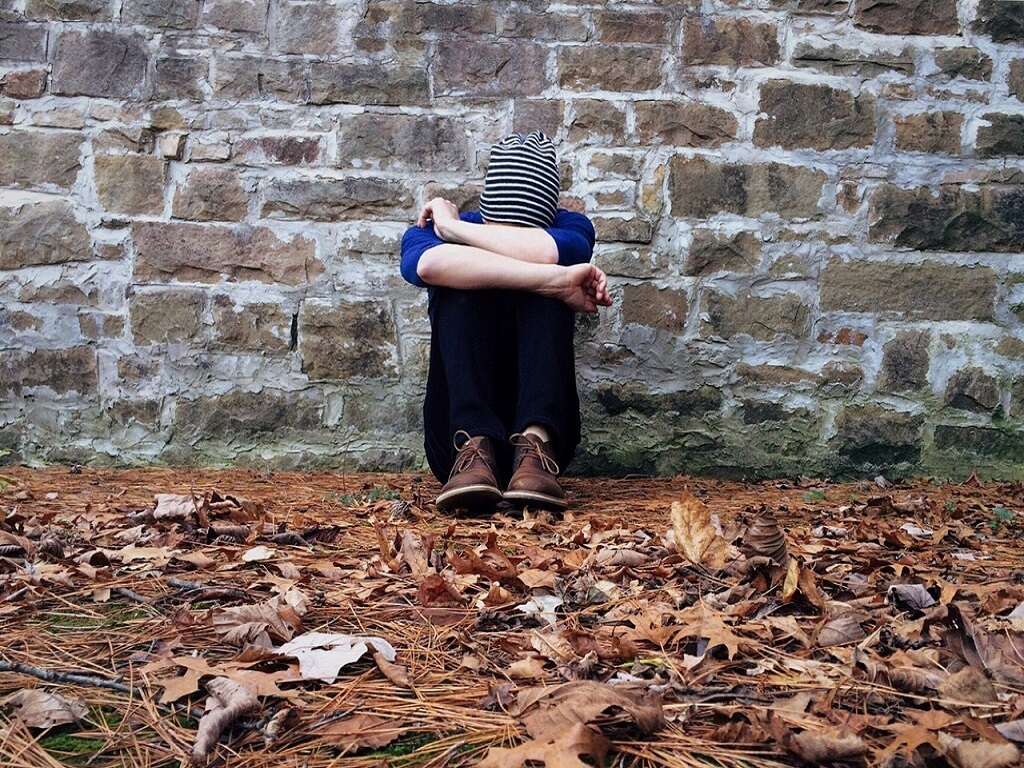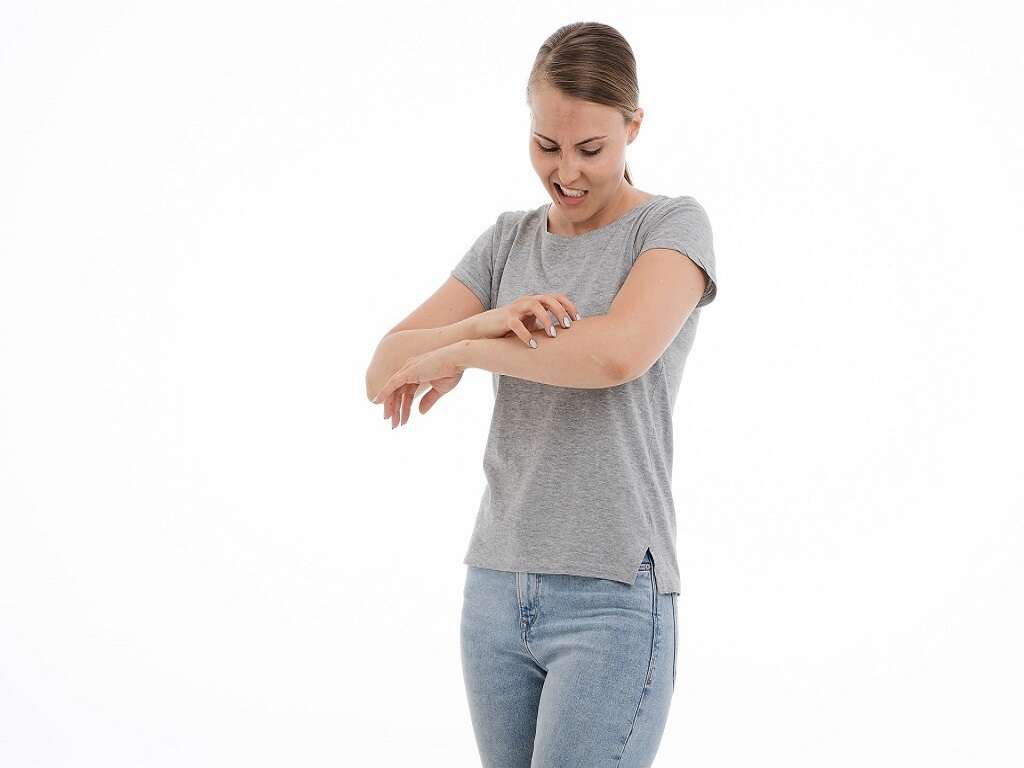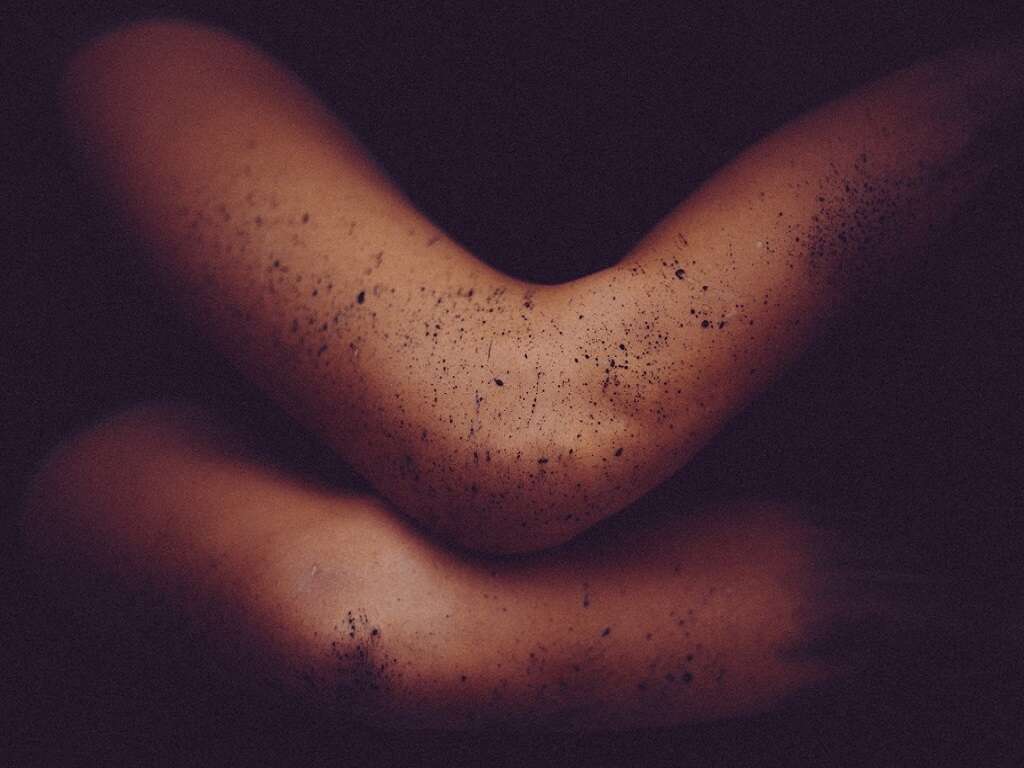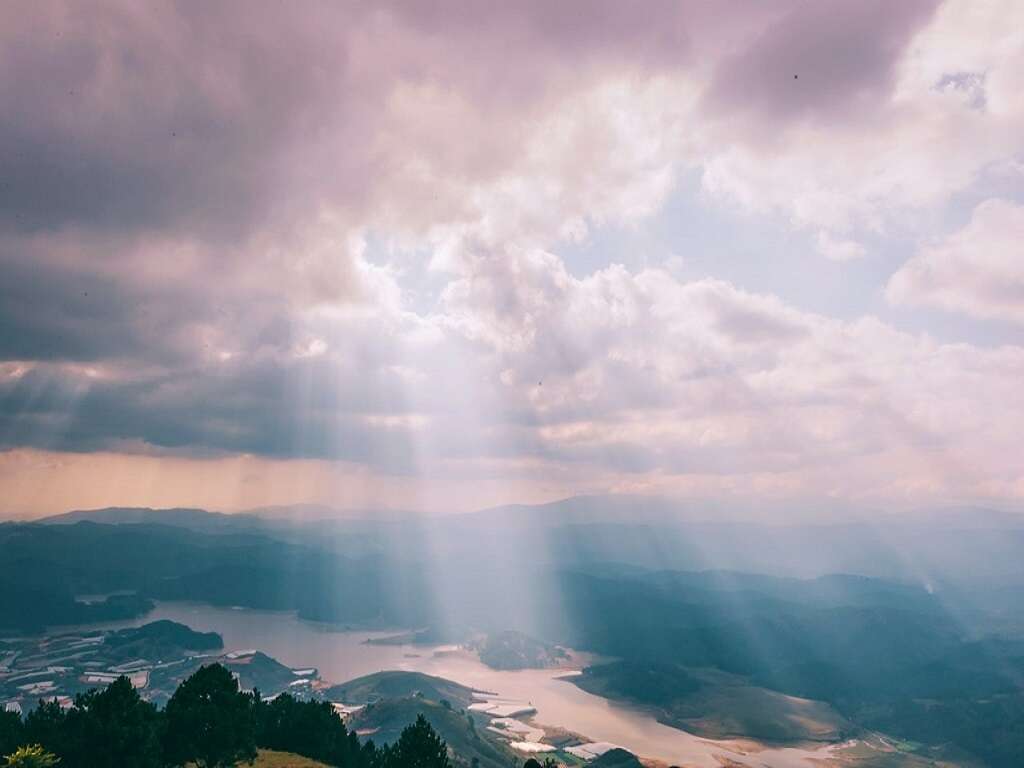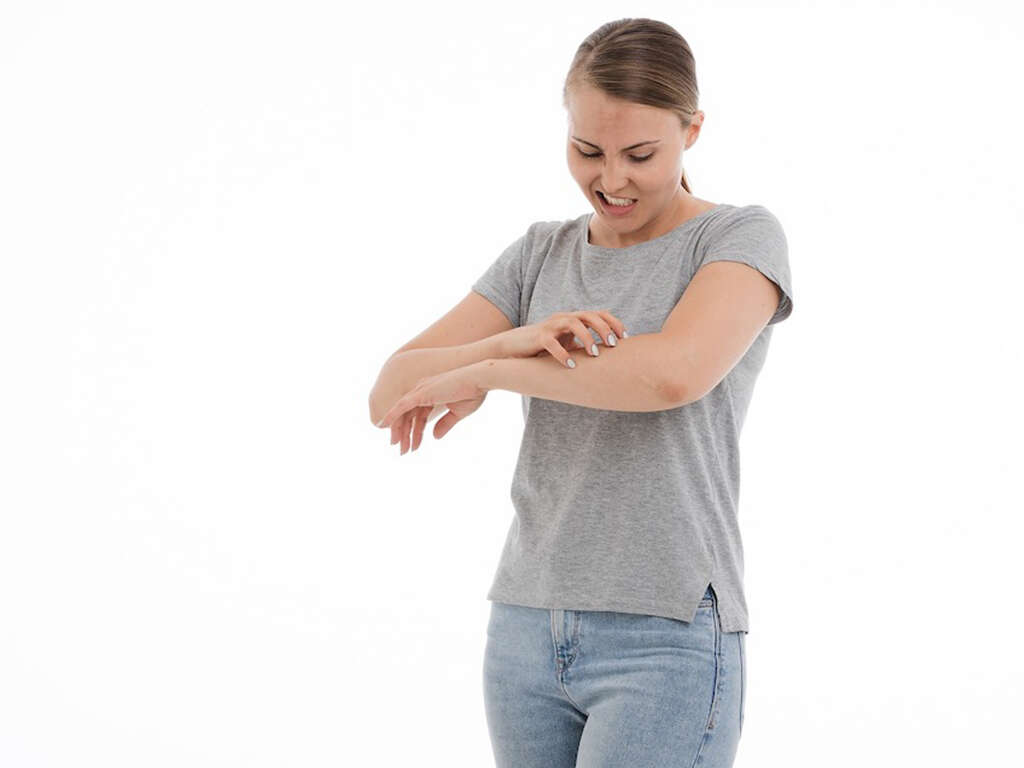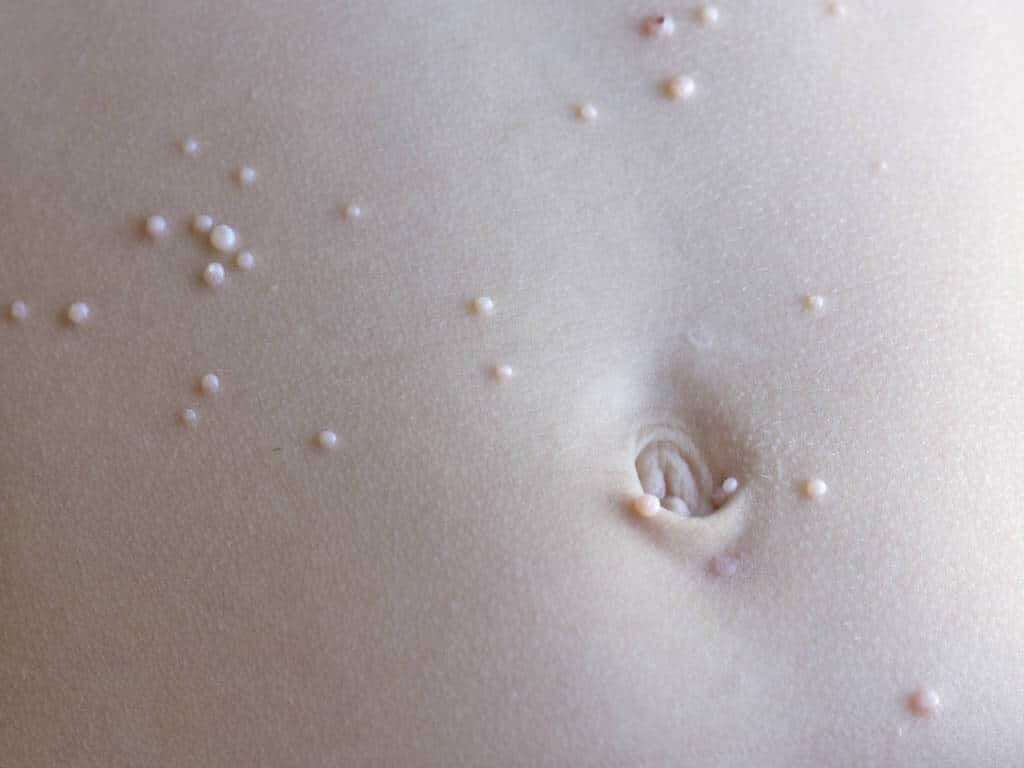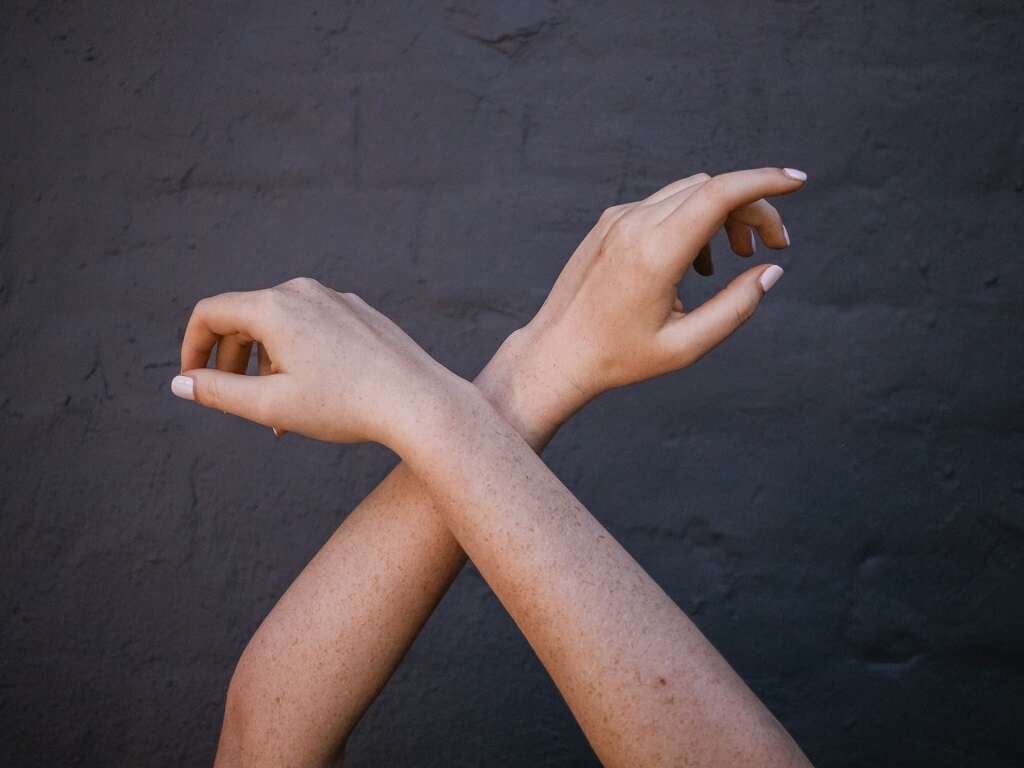Poison Ivy Symptoms, Remedies and More
Poison ivy is a plant that's found almost anywhere, from wetlands, woodlands and fields to backyards, parks and urban areas. It produces a sticky, colorless, odorless oil called urushiol, which is released when the plant is disturbed and easily transferred to the skin of a person or animal inadvertently brushing against the plant.
Although the oil isn't poisonous, and some people have no reaction when they come in contact with it, most develop an allergic reaction when they're exposed to urushiol. The characteristic itchy rash is mostly an annoyance, but sometimes complications arise that require medical attention.11. ‘Poisonous Plants - Geographic Distribution.’ Centers for Disease Control and Prevention, Centers for Disease Control and Prevention, 1 June 2018, www.cdc.gov/niosh/topics/plants/geographic.html
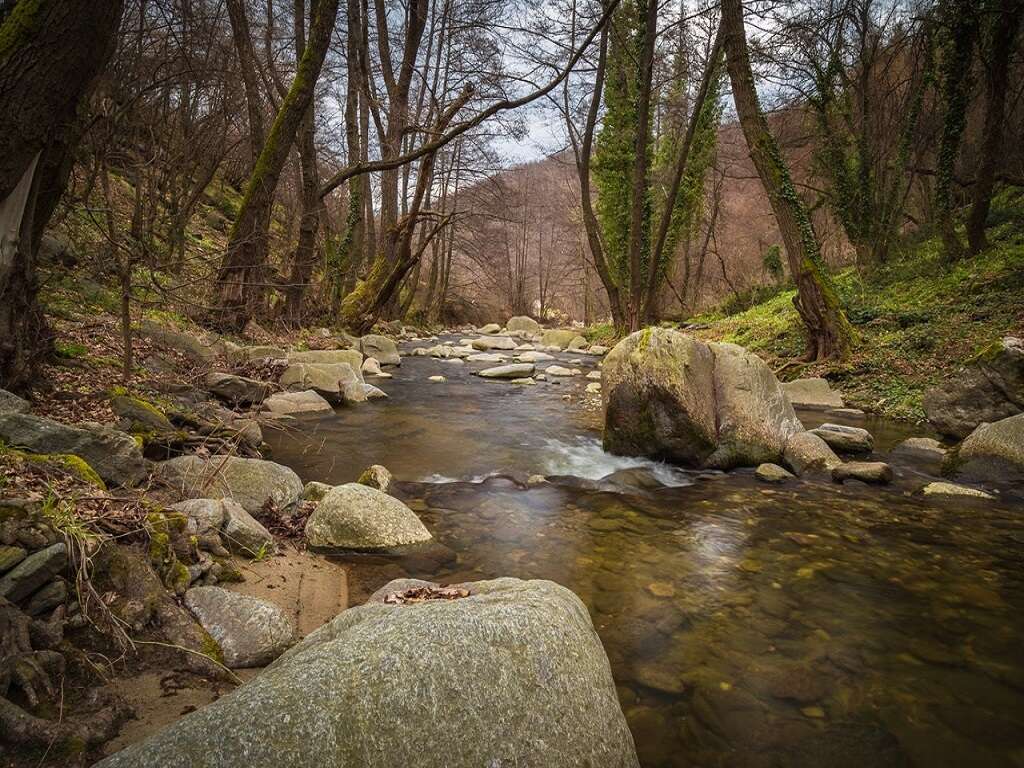
What Does Poison Ivy Plant Look Like?
The poison ivy plant's distinguishing characteristic is its three-leaf configuration. Ovular with pointed tips, the leaves are green and shiny during the spring and summer, typically turning yellow or red in autumn. They produce small, yellow or greenish flowers, and waxy-looking, green or grayish-white berries form in the flower clusters.
This perennial plant grows as a vine or a shrub. Eastern poison ivy is a climbing vine that grows up to 12 feet in length. Its stems sport aerial roots, which give them a fuzzy appearance. Western poison ivy is a shrub that may grow up to 2 feet tall.11. ‘Poisonous Plants - Geographic Distribution.’ Centers for Disease Control and Prevention, Centers for Disease Control and Prevention, 1 June 2018, www.cdc.gov/niosh/topics/plants/geographic.html
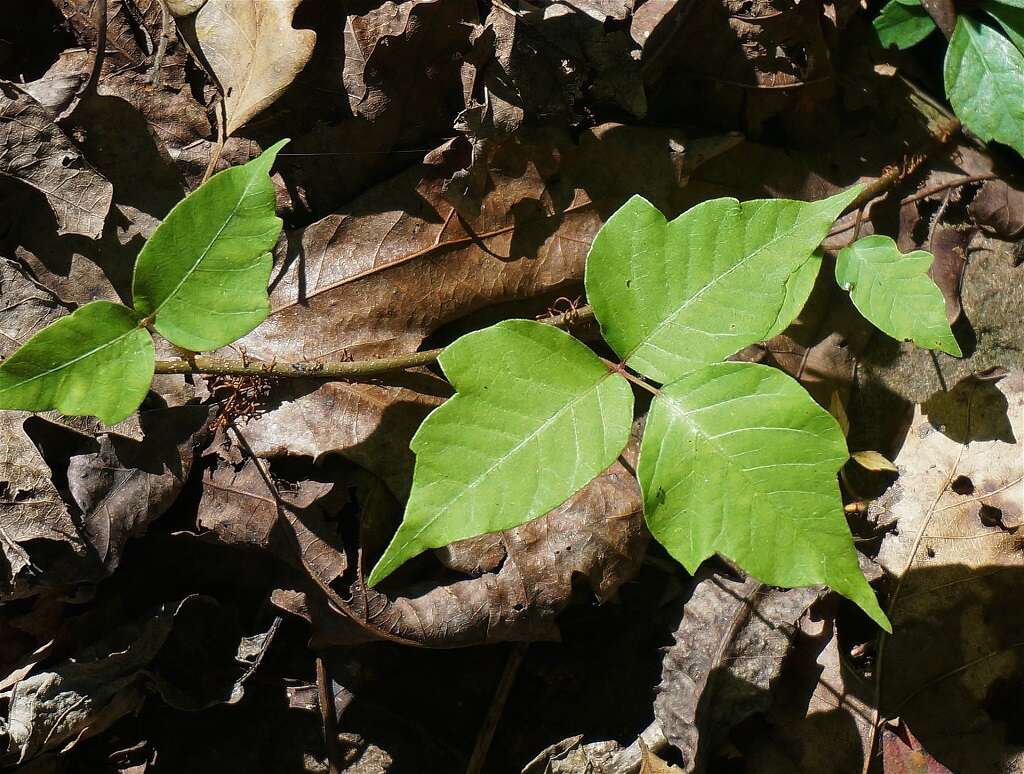
Where Does Poison Ivy Grow?
Poison ivy is native to most areas of the United States and parts of Canada, with Eastern poison ivy prevalent mostly in the eastern portion of the country. Western poison ivy is found in the lower portions of Canada and throughout the United States, excluding the south-eastern states.
While its preferred habitat is woodlands and savannas , poison ivy springs up in various undisturbed areas, including along the banks of streams, beside pastureland and in parks.11. ‘Poisonous Plants - Geographic Distribution.’ Centers for Disease Control and Prevention, Centers for Disease Control and Prevention, 1 June 2018, www.cdc.gov/niosh/topics/plants/geographic.html
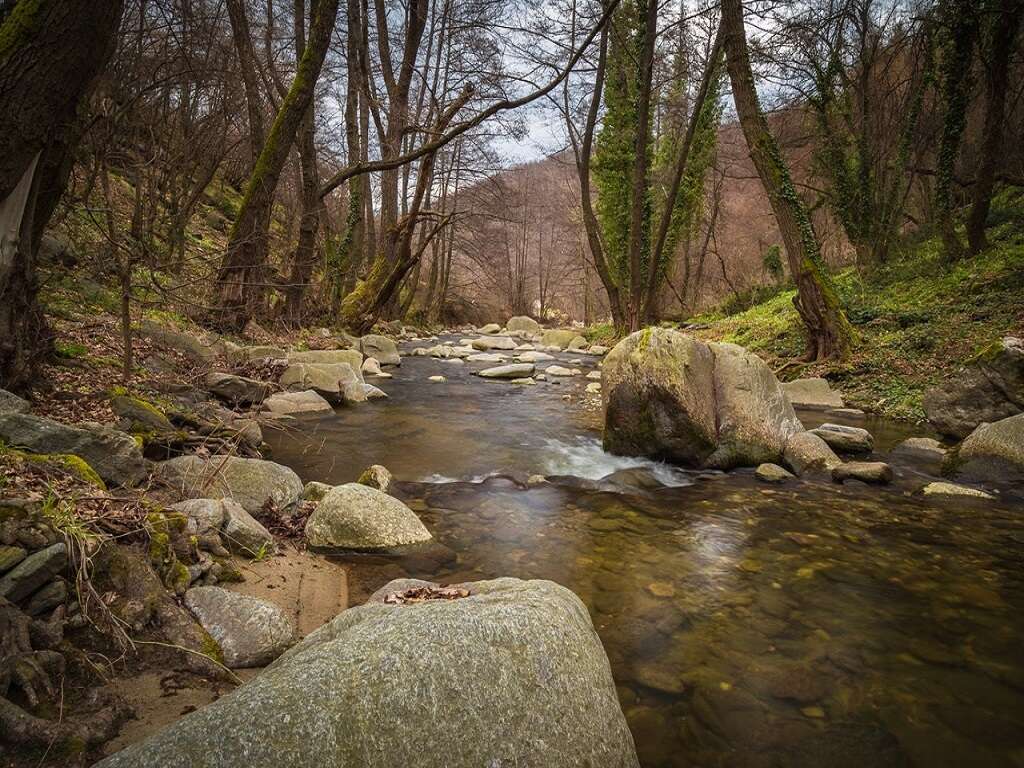
Symptoms of Poison Ivy
A person whose skin is exposed to urushiol from the poison ivy plant may develop a rash with redness, itching, blisters and swelling. The rash may become evident within a few hours of exposure, or it may appear a few days later. The blisters later break and form crusts.
Even the smoke produced by burning poison ivy plants can cause symptoms in people who inhale it. Irritation or damage to the nasal passages and lungs may cause breathing difficulties.
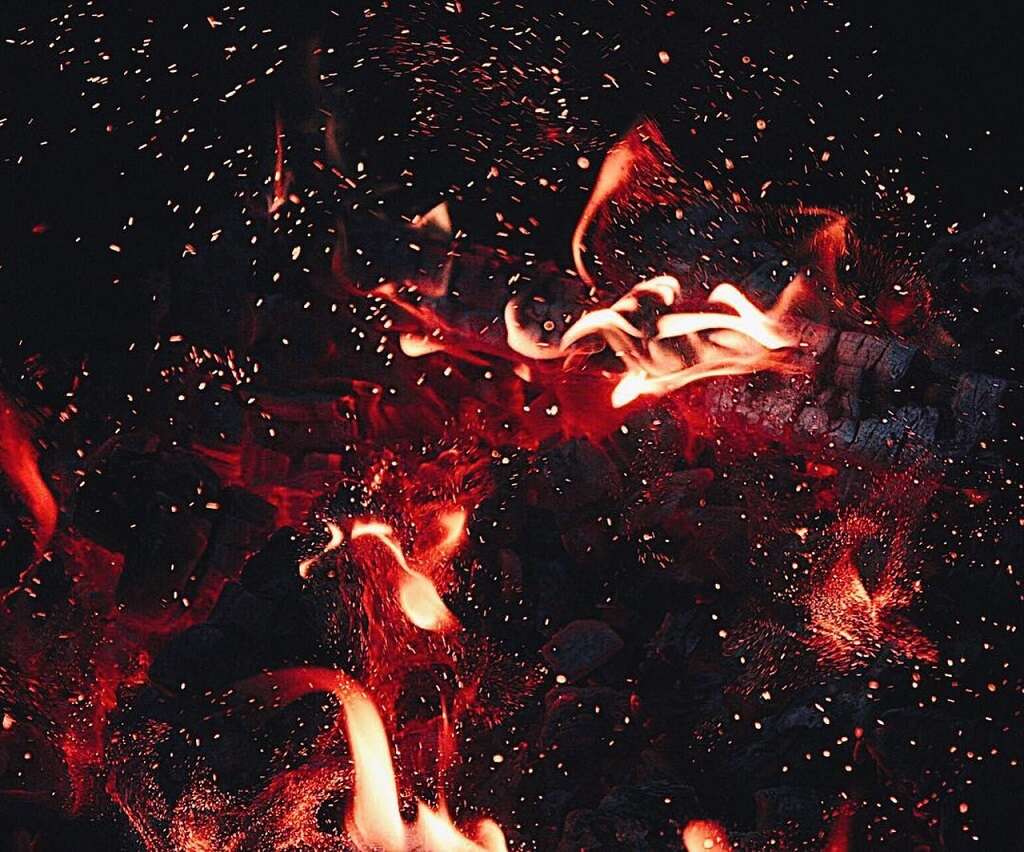
Does the Poison Ivy Rash Spread?
The poison ivy rash doesn't spread, and the fluid from the blisters doesn't cause new rash outbreaks if it comes into contact with other areas of the skin. The rash only develops in areas of the skin that come in direct contact with the urushiol oil.
If the rash appears to be spreading, it's likely that area of the skin was exposed to the oil and the rash is taking more time to develop.

Risk Factors for Poison Ivy
Anyone who engages in outdoor activities runs the risk of coming in contact with poison ivy and developing an allergic reaction. This includes people who hike, camp, garden, fish or hunt.
The nature of some jobs requires people to be outdoors with the potential for exposure to poison ivy. Farmers, construction workers, firefighters and foresters should remain vigilant for poison ivy and take precautions to avoid coming into contact with it.
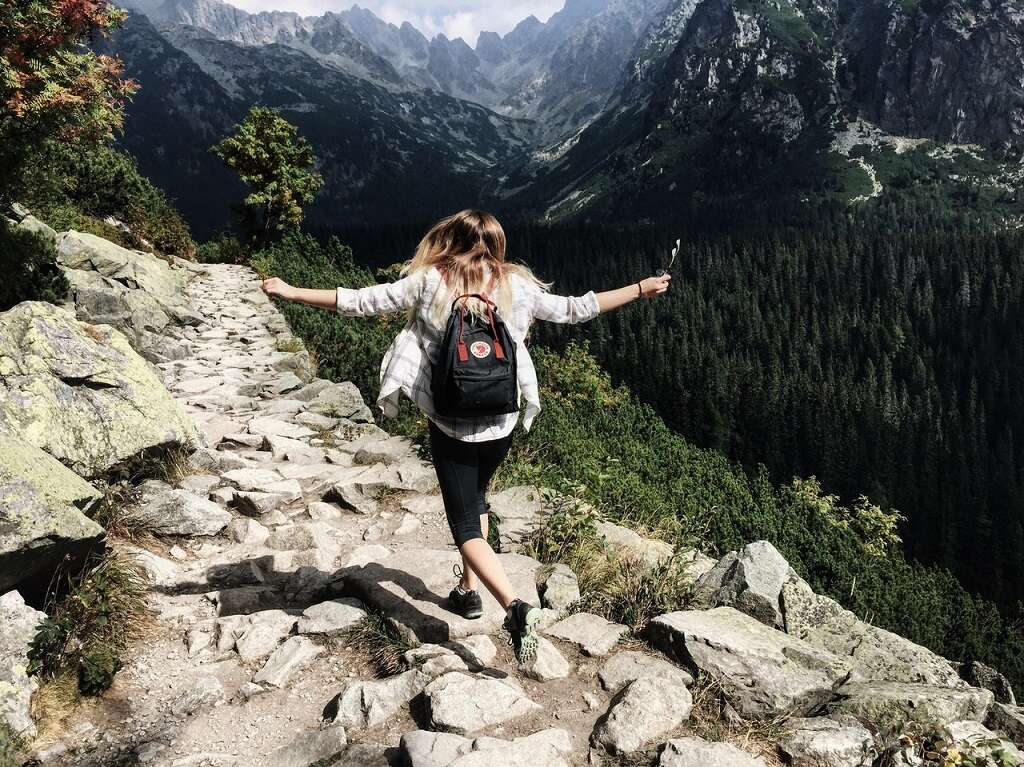
When Is Medical Attention Needed?
If the rash covers more than 25 percent of the body, itching interferes with sleep and other activities, or the rash doesn't improve within a few days, it's a good idea to seek medical attention. It's also wise to consult a doctor if the rash affects the mucous membranes of the eyes, nose, mouth or genitals.
Signs of infections, such as fever or red streaks on the skin, merit medical intervention. If hives, swelling or breathing difficulties arise, emergency medical care is necessary.
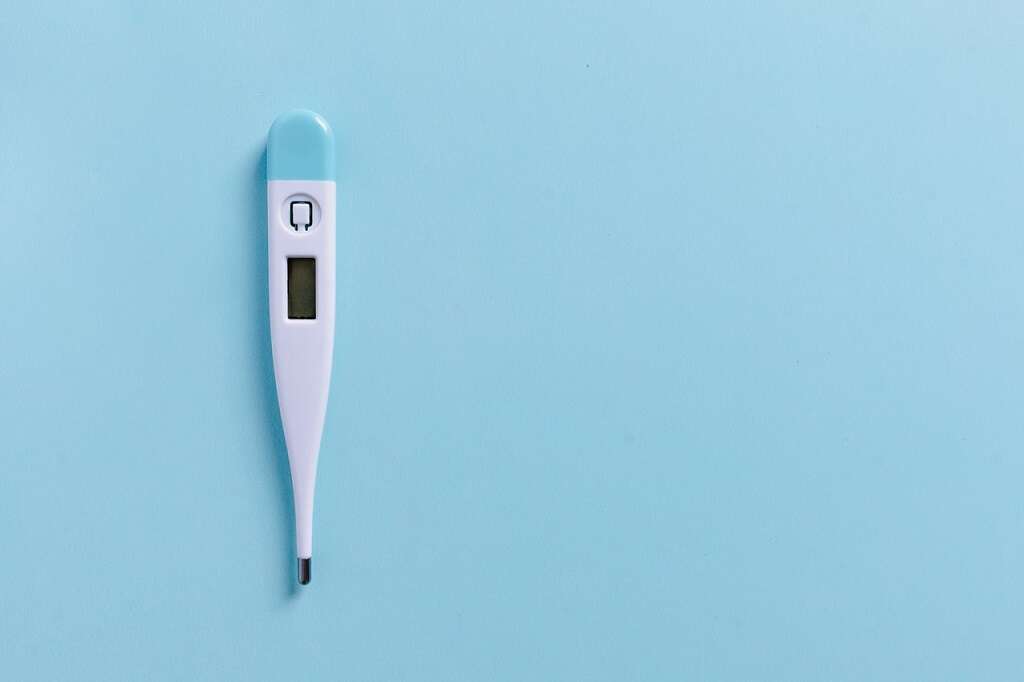
Complications of Poison Ivy
The rash from poison ivy usually goes away within one to three weeks. Scratching the rash may transfer bacteria from beneath the fingernails to the affected area of the skin, causing an infection. In this case, a doctor might prescribe antibiotics to treat the infection.
The smoke produced when poison ivy is burned may contain urushiol, and inhaling that smoke may cause serious respiratory or systemic problems.
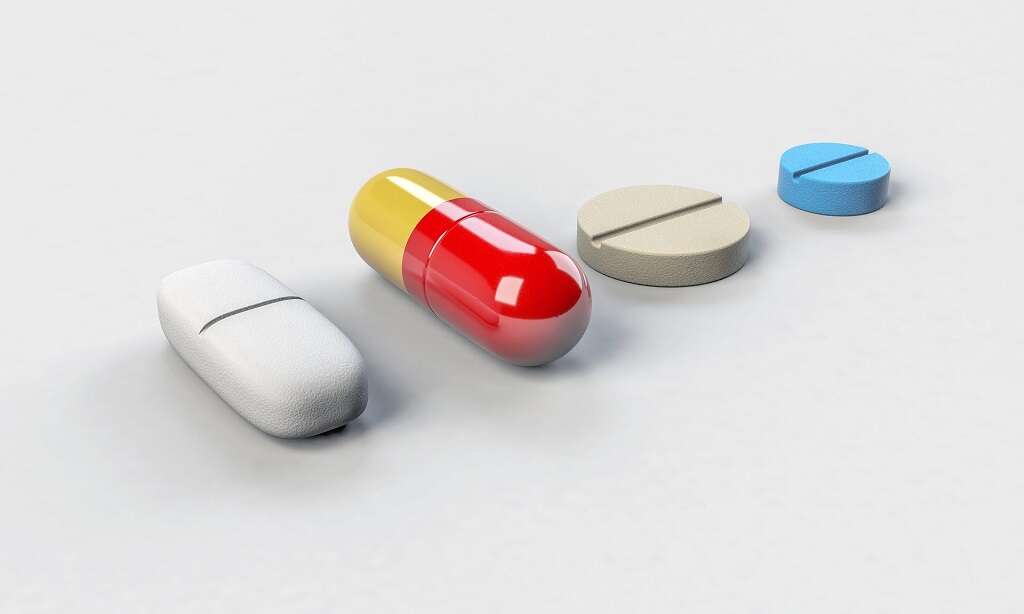
Treatment for Poison Ivy
After contact with poison ivy, a person should wash the affected skin thoroughly to remove the urushiol. Applying over-the-counter cortisone creams or calamine lotion may help alleviate itching. Using cool compresses or soaking the affected area in cool water mixed with baking soda or colloidal oatmeal bath products can further soothe itchy skin.
Oral medications to help calm the rash include over-the-counter antihistamines. In more serious cases, a doctor may prescribe an oral, injected or topical steroid to control swelling and itching.
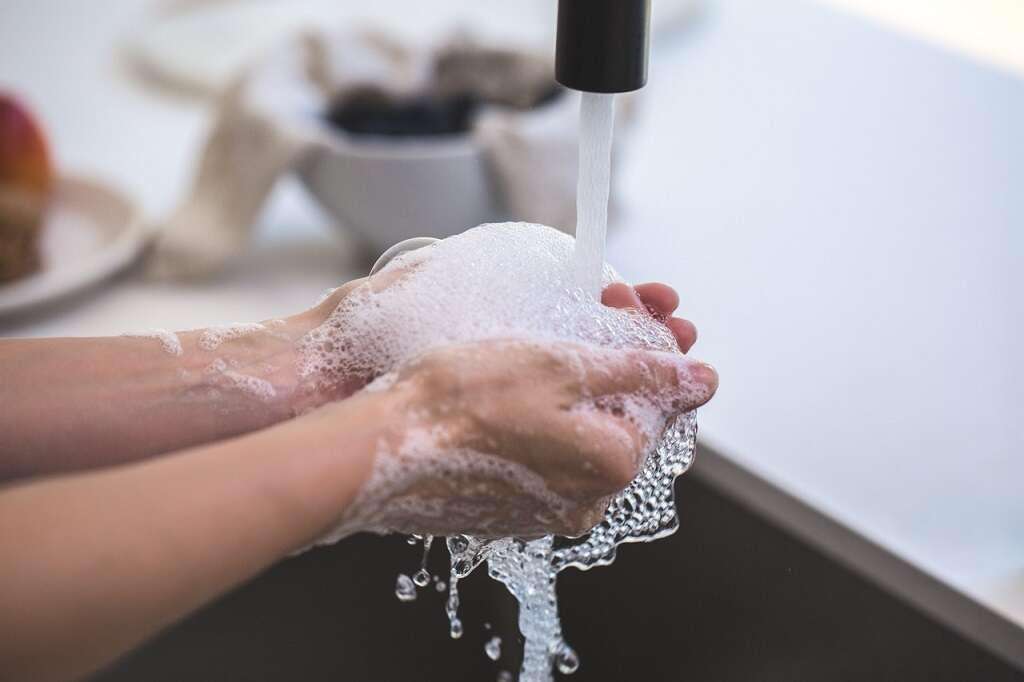
Is Poison Ivy Contagious?
Poison ivy is not transmissible from one person to another. It's not possible to develop the rash by touching the poison ivy rash on an afflicted person.
People can get poison ivy symptoms by touching clothing, garden implements or camping equipment that has urushiol on it. They may also develop poison ivy symptoms after touching the fur of a pet who has recently been in contact with poison ivy plants.
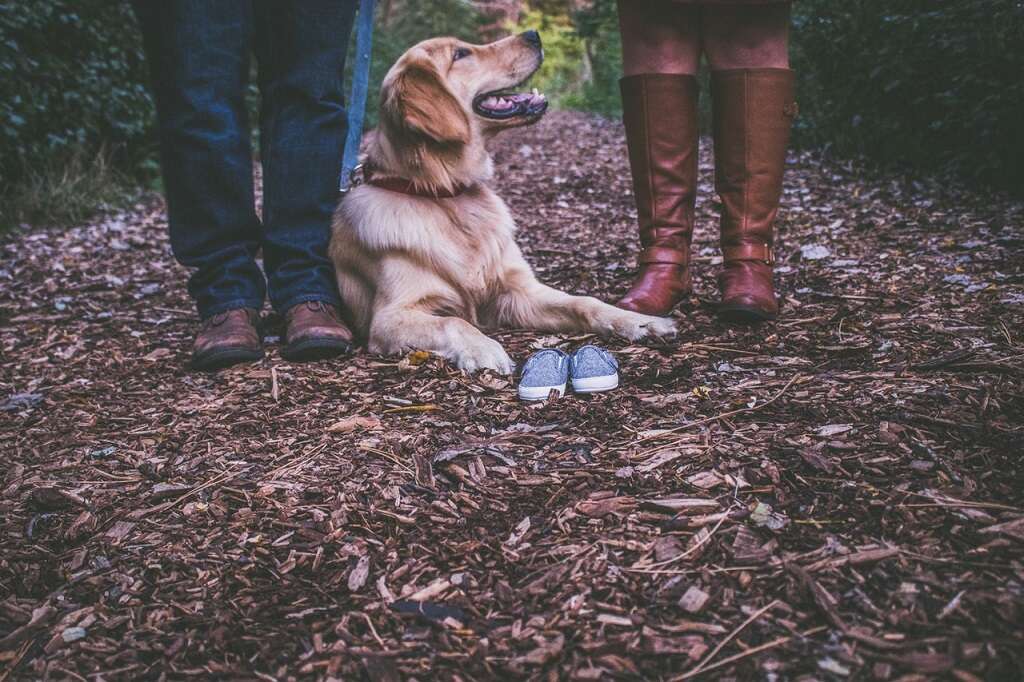
Preventing Poison Ivy
Avoiding contact with poison ivy plants is the best way to prevent resulting rashes. People should learn to recognize poison ivy and clear it away from their yards. It's helpful to wear protective clothing, such as long-sleeved tops, long pants and gloves, and use over-the-counter protective skin products to keep poison ivy away from skin.
After known exposure to poison ivy plants, people should wash their skin thoroughly and launder their clothing. Cleaning any implements they used is recommended.




